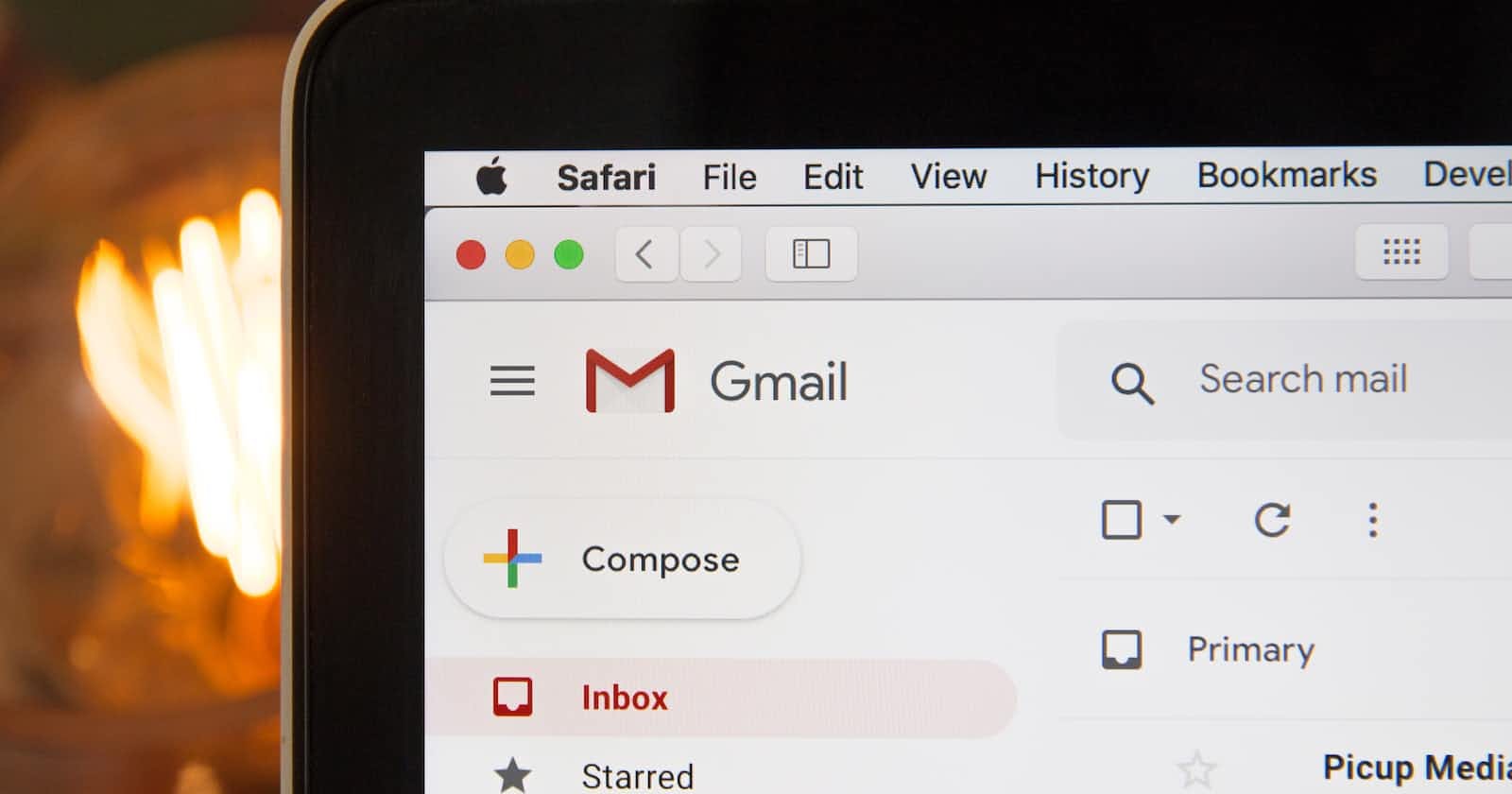Email marketing is a cost-effective and powerful tool for businesses to reach their target audience. It allows organizations to build relationships with their customers, promote their products and services, and drive sales. In this blog, we'll explore the basics of email marketing and its benefits.
What is Email Marketing? Email marketing refers to the process of sending commercial messages, typically to a group of people, using email. This can be used for various purposes such as promoting a product, building brand awareness, or generating leads.
Why is Email Marketing Important?
Targeted: Email marketing allows businesses to reach specific target audiences by segmenting their email lists based on factors such as demographics, interests, and behavior.
Measurable: Email marketing provides valuable data and insights into the effectiveness of campaigns, allowing businesses to track open rates, click-through rates, and conversions.
Cost-Effective: Compared to other marketing channels, email marketing is relatively low-cost and provides a high return on investment.
Personalized: Emails can be personalized to include the recipient's name, location, or previous purchases, which can increase engagement and conversion rates.
Repeat Exposure: Emails can be sent regularly, providing businesses with repeated exposure to their target audience and increasing the likelihood of conversions.
How to get a successful email campaign?
Define your goals: What do you hope to achieve with your email campaign? More sales, increased website traffic, or brand awareness? Having clear goals will help you create a targeted campaign.
Segment your audience: Divide your email list into smaller groups based on common characteristics such as location, interests, or previous purchases. This will help you create more personalized and effective campaigns.
Create a compelling subject line: The subject line is the first thing your audience sees, so make it attention-grabbing and relevant to the content of your email.
Make it visually appealing: Use images, graphics, and short paragraphs to make your emails easy to read and appealing to the eye.
Personalize the email: Address your audience by name and make the content relevant to their interests or past behaviors.
Provide value: Offer your audience something of value, such as exclusive promotions, valuable content, or industry insights. The best way to do so is to do what is in demand and bring more customers to your website.
A/B Testing: A/B testing is a method of comparing two versions of a marketing campaign, website, or product feature to determine which one performs better. It involves randomly dividing a sample group of users into two groups and showing each group a different version of the item being tested. The results are then compared to determine which version is more effective. This method allows marketers and product developers to make data-driven decisions by providing insights into what works best with their target audience. A/B testing is commonly used to test changes to website design, email subject lines, and ad copy, among other things.
Track and measure success: Use analytics to track the success of your campaigns and identify areas for improvement. you can also find what not to do and what to do shortly so that your campaign runs smoothly.
Measure the success:
Open rate: The percentage of recipients who opened the email.
Click-through rate (CTR): The number of clicks on links within the email divided by the number of email deliveries.
Conversion rate: The number of recipients who completed a desired action, such as making a purchase or filling out a form.
Bounce rate: The number of emails that were undeliverable and returned to the sender.
Unsubscribe rate: The number of recipients who opted out of future emails from the sender.
Revenue generated: The amount of money generated from the email campaign.
By tracking these metrics, you can get a better understanding of the effectiveness of your email campaigns and make data-driven decisions to improve their performance over time.
In conclusion, email marketing is a valuable tool for businesses of all sizes. When done right, it can drive sales, increase website traffic, and boost brand awareness. To achieve success with email marketing, it's important to have clear goals, segment your audience, create visually appealing and personalized content, provide value, and use A/B testing and analytics to continuously improve and measure the success of your campaigns. With these strategies in mind, you can create effective email campaigns that engage and convert your audience.


